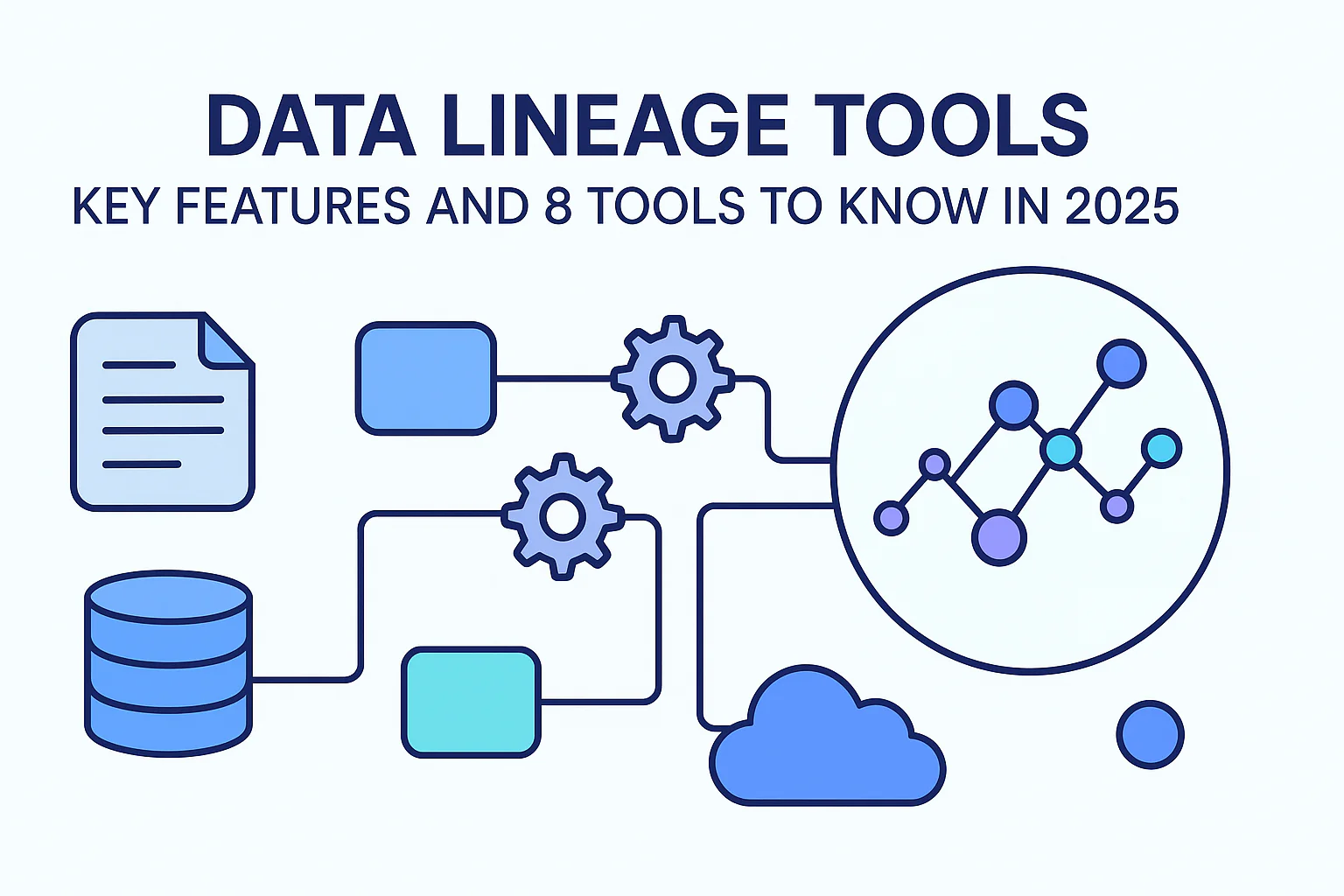Snowflake has revolutionized data warehousing with its fully managed, cloud-native platform. Unlike traditional databases, Snowflake operates on a pay-as-you-go model, meaning organizations are charged based on the compute and storage resources they consume. While this flexibility allows for on-demand scalability, it also introduces the risk of unexpected cost overruns if resource usage is not actively monitored.
Without proper monitoring, organizations can face several challenges:
- Uncontrolled warehouse consumption – Compute warehouses may remain active longer than necessary, consuming credits even when idle.
- Long-running queries – Inefficient or complex queries can monopolize resources and drive up costs.
- Over-provisioned compute resources – Teams may allocate larger warehouse sizes than required, leading to excessive spend.
- Lack of cost visibility – Without tracking mechanisms, teams may not realize they are exceeding budgets until it’s too late.
To address these concerns, Snowflake Resource Monitors provide a structured way to track and control warehouse usage. These tools allow administrators to define credit quotas, set usage thresholds, and implement automated actions such as suspending a warehouse when predefined limits are reached. By leveraging Resource Monitors, organizations can gain better control over their Snowflake environment, ensuring efficient usage while keeping costs within budget.
In this guide, we’ll explore how Snowflake Resource Monitors work, their key features, and best practices for optimizing your Snowflake spending.
Why Resource Monitoring Is Essential in Snowflake
Snowflake’s cloud-native architecture is designed for elastic scalability, meaning compute resources can be provisioned dynamically based on demand. Unlike traditional databases that require fixed hardware investments, Snowflake allows users to scale warehouses up or down instantly. While this flexibility enhances performance, it also introduces a risk of uncontrolled spending, as compute usage directly impacts cost. Without proper oversight, organizations can quickly exceed their budgets without realizing it.
Common Cost Pitfalls Without Monitoring
Several factors contribute to unnecessary credit consumption in Snowflake:
- Long-running queries consuming excessive credits – Complex queries, inefficient joins, and poorly optimized workloads can significantly increase compute costs.
- Unused or underutilized warehouses – Warehouses that remain active without processing queries continue to consume credits unless they are suspended.
- Over-provisioned compute resources – Assigning large warehouse sizes (e.g., XL or 2XL) for simple workloads leads to wasted resources.
- Lack of proactive cost tracking – Teams may not have visibility into their consumption patterns, leading to surprise billing at the end of the month.
How Monitoring Addresses These Issues
Snowflake Resource Monitors help mitigate these challenges by:
- Providing visibility into warehouse usage – Administrators can track credit consumption across different teams and workloads.
- Enforcing budget limits – By setting thresholds and quotas, organizations can prevent excessive spending before it happens.
- Optimizing workload execution – With real-time alerts and warehouse suspension actions, teams can refine their queries and resource allocation strategies.
Implementing Resource Monitors is a proactive approach to cost control and workload efficiency, ensuring that Snowflake resources are utilized effectively and within budget.
How Snowflake Resource Monitors Work
To keep compute costs under control, Snowflake provides Resource Monitors, which allow administrators to track usage and enforce spending limits. These snowflake cost monitoring tools help prevent excessive credit consumption by applying quotas, setting thresholds, and triggering automated actions when usage surpasses predefined limits.
What Are Snowflake Resource Monitors?
Snowflake Resource Monitors are built-in tools designed to track and control compute credit consumption at either the account or warehouse level. They allow administrators to enforce budget limits by defining quotas and setting up automatic actions when those quotas are reached. This ensures that warehouses do not run indefinitely, preventing unexpected cost spikes.
Key Components of a Resource Monitor
- Quota – The total number of compute credits allocated for a specific period (e.g., daily, weekly, monthly).
- Thresholds – Usage milestones (expressed as percentages of the quota) that trigger actions.
- Actions – Predefined responses when a threshold is reached, such as:
- NOTIFY – Sends an alert to administrators.
- SUSPEND – Stops a warehouse or prevents further compute usage.
- SUSPEND_IMMEDIATE – Instantly halts compute operations.
Types of Resource Monitors
- Account-Level Resource Monitors – Apply to all compute resources within a Snowflake account, enforcing organization-wide consumption limits.
- Warehouse-Specific Resource Monitors – Target individual warehouses, ensuring that specific teams or projects stay within budget.
Example: Creating a Resource Monitor via SQL
CREATE RESOURCE MONITOR budget_monitor
WITH CREDIT_QUOTA = 500
THRESHOLDS = (75, 90, 100)
ACTIONS = (NOTIFY, NOTIFY, SUSPEND)
APPLIES_TO = (WAREHOUSE my_warehouse);
This budget_monitor allows a warehouse to consume 500 credits before being suspended. Notifications are sent at 75% and 90% usage, with suspension occurring at 100%.
How Resource Monitors Interact with Warehouses
- Suspended warehouses remain inactive until manual intervention or when a new quota period begins.
- Monitoring tools in Snowflake’s UI and SQL functions allow administrators to track consumption trends, ensuring that resource limits align with actual workload needs.
By implementing Resource Monitors, organizations can proactively manage costs while maintaining operational efficiency.
Key Features of Snowflake Resource Monitors
Snowflake Resource Monitors provide a structured way to control warehouse consumption and prevent excessive spending. These monitors offer several key features that help organizations enforce cost controls while maintaining operational efficiency.
Thresholds & Notifications
Administrators can define multiple threshold levels (e.g., 50%, 75%, 90%) within a resource monitor to track credit consumption over time. When a threshold is reached, automated notifications are triggered, alerting stakeholders via email or Snowflake’s alerting system. This proactive approach ensures that teams are aware of approaching limits before reaching a critical point.
Automated Warehouse Suspension
To prevent unchecked credit consumption, resource monitors can automatically suspend warehouses when credit usage reaches 100% of the assigned quota. This prevents further compute operations until a new quota period begins or the monitor is adjusted. Snowflake also allows for gradual suspensions, where smaller warehouses can be paused first before larger, business-critical workloads are affected.
Granular Control & Customization
Resource monitors can be applied at both the account and warehouse levels, allowing organizations to allocate separate quotas for different teams, projects, or departments. This flexibility ensures that critical workloads remain operational while non-essential compute resources are managed more conservatively.
Historical Usage Tracking
By analyzing past credit consumption, teams can refine resource allocation strategies and adjust quotas accordingly. Snowflake provides system functions and UI dashboards to help track long-term trends in compute usage.
Integration with Snowflake Query History
To further optimize warehouse usage, administrators can cross-reference resource monitor data with Snowflake Query History. This helps identify inefficient queries, workload patterns, and opportunities for cost optimization.
By leveraging these features, organizations can ensure efficient resource utilization while maintaining strict cost controls.
Benefits of Using Resource Monitors in Snowflake
Implementing Snowflake Resource Monitors provides organizations with a proactive way to manage cloud expenses while maintaining system efficiency. By enforcing quotas and tracking usage, these monitors help prevent cost overruns and optimize compute resources.
Cost Control
Resource monitors prevent unnecessary spending by setting predefined credit quotas. Instead of reacting to high costs after they occur, organizations can proactively limit warehouse usage based on budget constraints. Automated suspensions and notifications ensure that no warehouse runs indefinitely without oversight.
Operational Stability
Unexpected query spikes can lead to excessive compute consumption, affecting performance and costs. By using resource monitors, organizations can control these fluctuations, ensuring that compute resources are allocated efficiently. Suspensions help prevent overloading, keeping workloads balanced.
Predictability for Budget Planning
By analyzing historical usage data, teams can accurately forecast cloud expenses and set appropriate budgets. Resource monitors provide visibility into compute consumption, allowing for data-driven financial planning and better cost allocation across teams.
Improved Governance & Compliance
With role-based access control (RBAC), Snowflake administrators can ensure that only authorized users manage resource monitor configurations. This prevents unauthorized changes that could lead to overspending. Additionally, predefined quotas help teams stay within their approved spending policies, improving governance and financial accountability.
By leveraging resource monitors, organizations gain greater control over Snowflake’s consumption-based pricing, ensuring that compute resources are used efficiently and cost-effectively.
Best Practices for Using Snowflake Resource Monitors
To maximize the effectiveness of Snowflake Resource Monitors, organizations should follow a strategic approach when setting quotas, configuring alerts, and integrating monitoring tools. Here are the best practices to ensure efficient cost management and workload optimization.
Set Realistic Quotas & Thresholds
Establishing quotas without analyzing past usage trends can lead to unnecessary warehouse suspensions or overly conservative limits that hinder productivity. Instead, base quotas on historical consumption data and adjust thresholds to reflect typical workload patterns. This ensures cost control without disrupting operations.
Use Multiple Monitors for Different Workloads
Not all workloads have the same resource needs. Applying separate resource monitors for production, development, and ad-hoc environments allows for tailored cost management. For example, stricter thresholds can be set for non-critical workloads, while essential production warehouses receive more flexibility.
Enable Notifications Before Critical Thresholds Are Reached
Waiting until a quota is fully consumed before taking action can disrupt ongoing workloads. Configure notifications at incremental thresholds (e.g., 50%, 75%, 90%) to alert teams in advance. This provides time to optimize queries, scale warehouses appropriately, or reallocate budgets before reaching critical limits.
Leverage Snowflake Monitor Privileges for Role-Based Access Control
To prevent unauthorized changes, use Snowflake’s monitor privileges to restrict who can modify or disable resource monitors. Only administrators or designated team members should have permission to adjust quotas or thresholds, reducing the risk of accidental misconfigurations.
Review Usage Trends Regularly
Business needs evolve, and so should your monitoring strategy. Regularly analyze Snowflake’s usage metrics to ensure that quotas and thresholds remain aligned with actual workloads. Adjust resource monitors to reflect new demands or optimize for cost efficiency.
Combine with Other Snowflake Monitoring Tools
Resource monitors work best when combined with Snowflake Query History and Warehouse Load Metrics. These tools provide deeper insights into query execution times, warehouse utilization, and compute bottlenecks, helping teams refine their cost optimization strategies.
By following these best practices, organizations can ensure that Snowflake Resource Monitors are effectively managing costs while maintaining system performance and flexibility.
Conclusion
Snowflake Resource Monitors play a crucial role in cost control and operational stability by enforcing quotas, sending alerts, and automating warehouse suspensions. Without proper monitoring, organizations risk unexpected cost overruns and inefficient resource allocation.
By implementing best practices—such as setting realistic quotas, using multiple monitors for different workloads, and leveraging Snowflake’s monitoring tools—businesses can maximize their effectiveness.
Integrating Resource Monitors into a broader Snowflake cost management strategy ensures that compute resources are used efficiently and predictably, helping teams stay within budget while maintaining optimal performance. Now is the time to take control of your Snowflake costs.







